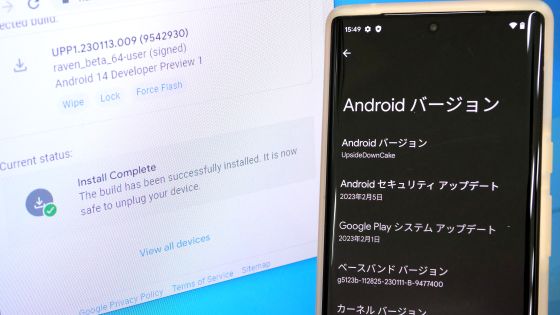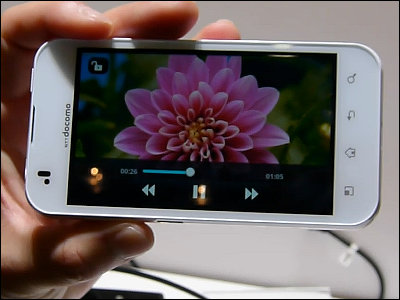The Pixel 10 series' 'My Voice Interpreter' uses AI to reproduce your voice and automatically translate from Japanese to English during calls.
The Pixel 10 series, released on August 28, 2025, is equipped with Google's Tensor G5 chip, which has enhanced AI performance. This chip is said to enhance various AI functions, so I actually tried out one of the AI functions, 'My Voice Interpreter.'
Google Pixel 10: 9 new AI features and updates
MyVoice Interpreter translates phone conversations in real time, reproducing the speaker's voice and playing it in another language. At the time of writing, it works when translating between Japanese, English, Spanish, German, French, Hindi, Italian, Portuguese, Swedish, Russian, and Indonesian.
To use My Voice Interpreter, you must first set it up. First, open the phone app and tap the menu icon in the top left.
Next, tap 'Settings.'
Tap 'My Voice Interpreter.'
Tap the 'Use My Voice Interpreter' switch.
The switch will turn on, the data download will begin, and the message will change to 'Pending.'
![]()
When you see the message 'Download complete,' the setup is complete.
You can set the language to something other than English or Japanese by tapping 'Language spoken.'
You can download the data in your preferred language.
To use My Voice Interpreter, tap the 'Call Assist' menu that appears during a call.
Tap 'My Voice Interpreter.'
Tap the language the other person speaks and tap 'Done.' This turns on My Voice Interpreter, and an automated voice will play on the Pixel saying, 'Calls are translated by Google AI and presented in the voice of each speaker. Audio is not saved.' The other person will hear a similar automated voice in English.
From then on, when you speak Japanese on the Pixel with MyVoice Interpretation turned on, the Japanese voice will be transmitted to the other party first, followed by an automatic translation into English. When the other party speaks something in English, the English will be transmitted to the Pixel first, followed immediately by a Japanese translation.
We filmed the actual situation. In the video below, the person on the left is the iPhone receiving the call, and the person on the right is the Pixel 10 Pro making the call. The Japanese spoken on the Pixel is translated into English with some accuracy and transmitted to the iPhone. The iPhone is speaking broken English, but you can see that this is also translated into Japanese with some accuracy.
All conversations during a call are transcribed and displayed on the call screen, but this text disappears when the call ends and cannot be reviewed or saved later.
MyVoice Interpreter must be manually turned on from the 'Call Assist' menu each time you make a call. Even ignoring the manual setup and the initial data download, the experience of having your voice instantly translated and reproduced in a voice that sounds close to your own was quite refreshing.
・Continued
I tried out various AI-enabled apps for the Pixel 10 series, such as 'Magic Cue' and reviewed how well they work in a Japanese environment. - GIGAZINE
Related Posts:
in Video, Hardware, Software, Smartphone, Review, Posted by log1p_kr





